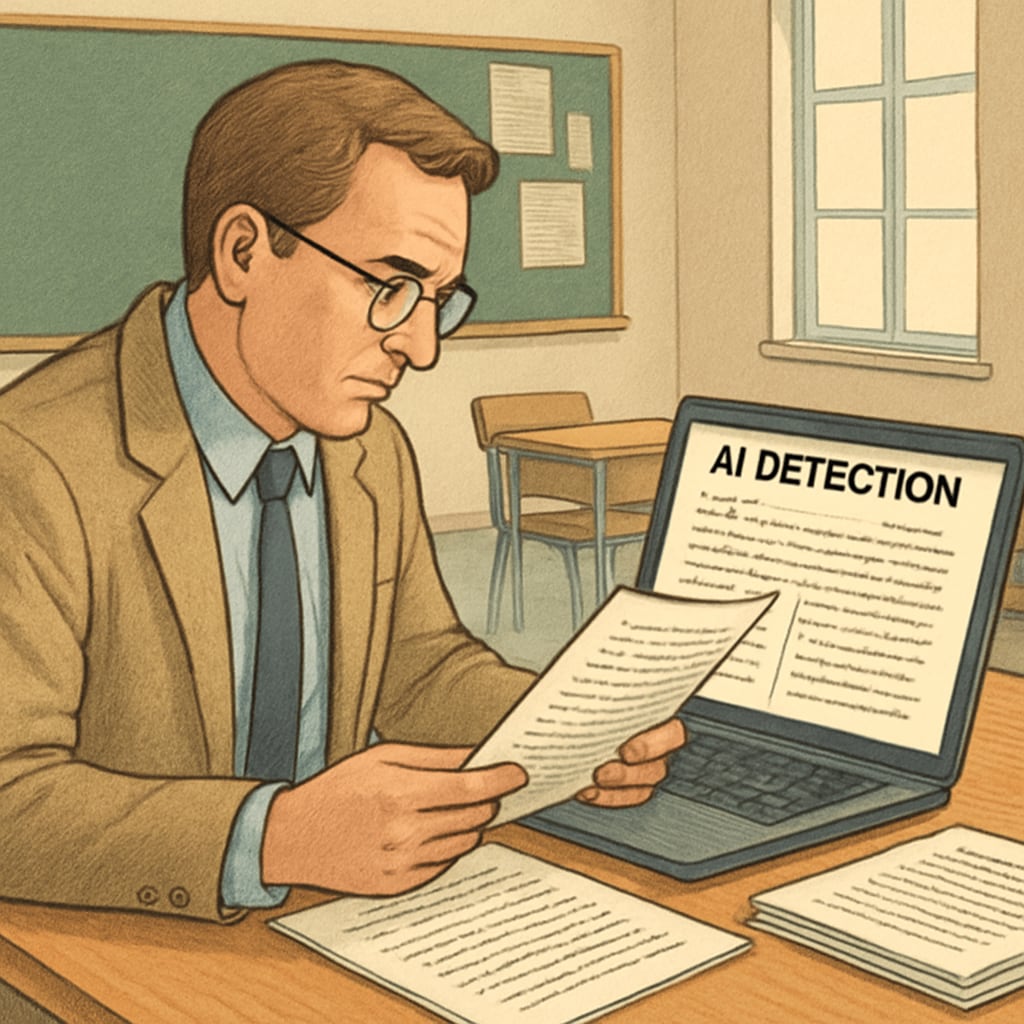The growing adoption of AI tools in education has raised significant concerns about academic integrity, detection tools, and the financial implications of addressing these challenges. As students increasingly use artificial intelligence to assist or even complete their assignments, educators must adapt to ensure fairness and maintain the core values of education. This article examines the impact of AI on academic practices, explores innovative assessment strategies, and discusses how budget-conscious institutions can effectively address these challenges.
The Impact of AI Tools on Academic Integrity
AI tools like ChatGPT and other generative text platforms have revolutionized how students approach assignments. These tools can produce essays, summaries, and even detailed analysis in seconds, offering efficiency but raising ethical concerns. While technology can enhance learning, its misuse undermines academic integrity—the principle of honest and fair conduct in academic work.
One key challenge is detection. Traditional plagiarism detection tools, such as Turnitin, may not effectively identify AI-generated content. As a result, educators are now adopting advanced AI detection systems to address this issue. However, these detection tools come with financial implications, adding to the already stretched budgets of many educational institutions.

Innovative Assessment Strategies in the AI Era
To counteract the over-reliance on AI-generated assignments, educators must rethink traditional assessment methods. Here are some innovative strategies:
- Oral Examinations: Conducting verbal assessments allows educators to directly evaluate a student’s understanding and critical thinking skills.
- In-Class Writing: Requiring students to complete written tasks during class time reduces opportunities to rely on external tools.
- Collaborative Projects: Group work encourages discussion and engagement, making it harder to rely solely on AI-generated outputs.
- Process-Based Grading: Assessing a student’s work through drafts and revisions emphasizes effort and growth instead of just final output.
These methods not only discourage misuse of AI but also foster deeper learning and skill development. By focusing on the learning process rather than the final product, educators can uphold academic integrity while promoting critical thinking.
Balancing Detection Tools and Education Costs
Budget constraints often limit the ability of schools to adopt high-cost AI detection tools. Therefore, finding cost-effective solutions is vital. Some approaches include:
- Open-Source Tools: Leveraging free or low-cost AI detection software can reduce expenses while maintaining effectiveness.
- Faculty Training: Equipping teachers with the skills to identify AI-generated content manually can be a budget-friendly alternative to expensive systems.
- Policy Development: Establishing clear guidelines on the ethical use of AI tools helps minimize misuse without incurring additional costs.
- Collaborative Licensing: Partnering with other schools or districts to share the cost of premium detection tools can make them more accessible.
Balancing detection tools with education costs requires creativity and resourcefulness. Schools must prioritize solutions that align with their financial realities while ensuring academic standards remain high.

Preparing for a Future with AI in Education
As AI technology continues to evolve, its role in education will only grow. Instead of viewing AI tools as a threat, educators can embrace them as an opportunity to rethink traditional teaching and assessment approaches. For example, AI can serve as a teaching assistant, helping students with personalized feedback, or as a tool for creating adaptive learning experiences.
Ultimately, the goal is to integrate AI responsibly and ethically into the educational process. This requires collaboration among educators, administrators, and policymakers to establish standards that balance technological innovation with the preservation of academic integrity.
By adopting innovative strategies, leveraging affordable detection tools, and fostering an environment of ethical AI use, educators can navigate the challenges of this new era while upholding the core values of education.
Readability guidance: The article uses short paragraphs and bullet points to enhance readability. Transitions such as “however,” “for example,” and “as a result” ensure smooth flow between ideas. The emphasis on active voice and concise sentences keeps the content engaging and accessible.


